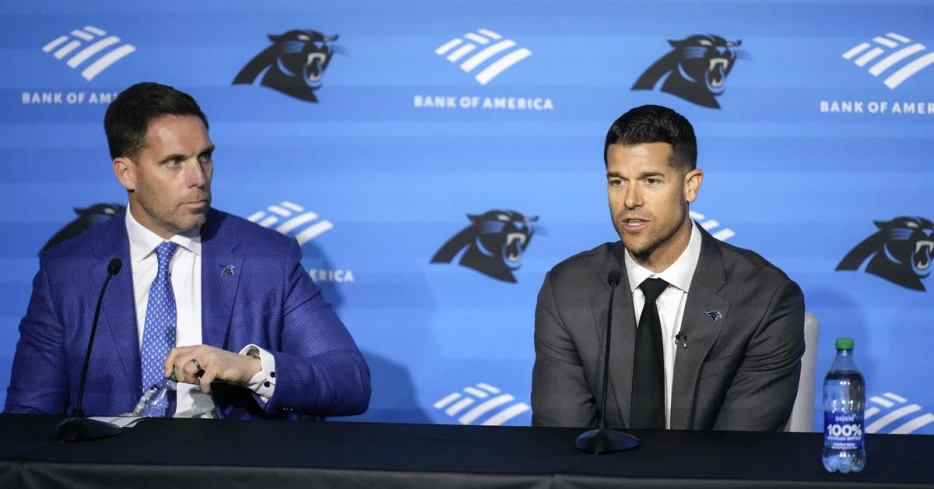
 Cat Scratch Reader
Cat Scratch Reader
Barnwell’s lengthy (and excellent) ESPN article provides objective proof of the benefits of living on Trade Down Island.
For those of you who have bought property on Trade Down Island, ESPN’s Bill Barnwell wrote an extensive article about the risks of trading up. His column was dripping with more juice than the ripest pineapple on TDI.
The column is excellent work by Barnwell and if you have 20 minutes to kill I encourage you to read it. But for those of you who prefer to have your benevolent dictator review it on your behalf and provide you with state-sponsored talking points, you’re welcome.
Barnwell’s methodology
The primary way Barnwell measured players’ impact or performance is by assessing the Approximate Value (AV) a player generated over his first five seasons. His sample size includes players drafted between 2011 and 2019. Now, Approximate Value as measured by Pro Football Reference isn’t a perfect metric - and no football metric is - but it is a consistent, well-known methodology for quantifying performance.
The approach Barnwell uses to assess the value of a pick in isolation is with the Chase Stuart draft chart. This draft chart is similar to other ones like the Jerry Jones draft chart but uses Approximate Value when placing a value on each draft pick.
Here are five gems from Barnwell’s magnum opus of trading up versus trading down, and most of it will bring smiles to the faces of TDI residents:
Trading up to get “their guy”
What Barnwell said: “When a team traded up for a player, his performance over the first five years matched or surpassed the cost his team paid in draft capital just 42% of the time. That figure dropped to 40% in the first three rounds and was slightly better on Day 3.”
What this means: Don’t trade up, especially early in the draft! Teams that trade up are knowingly sacrificing the value of the picks they are giving up in order to select “their guy”. When “their guy” actually laces up the cleats, if he was drafted in the first three rounds there’s only a 40% chance he’s going to justify the value of the assets the team traded away to get him.
Trading up to get the best player remaining at a position
What Barnwell said: “When teams trade up for a player, something that’s implied with that move is that they’re targeting a player who stands ahead of the other players still available at that position...When teams trade up for a player at a given position, that player is better than the guy who is drafted next at that position only 49% of the time. It’s a coin flip.”
What this means: Basically, there’s no real difference in performance of players teams trade up to draft when compared to the performance of the next player picked at the same position. There’s essentially a 50/50 chance that if a team trades up to get the No. 4 edge rusher that he’ll be...